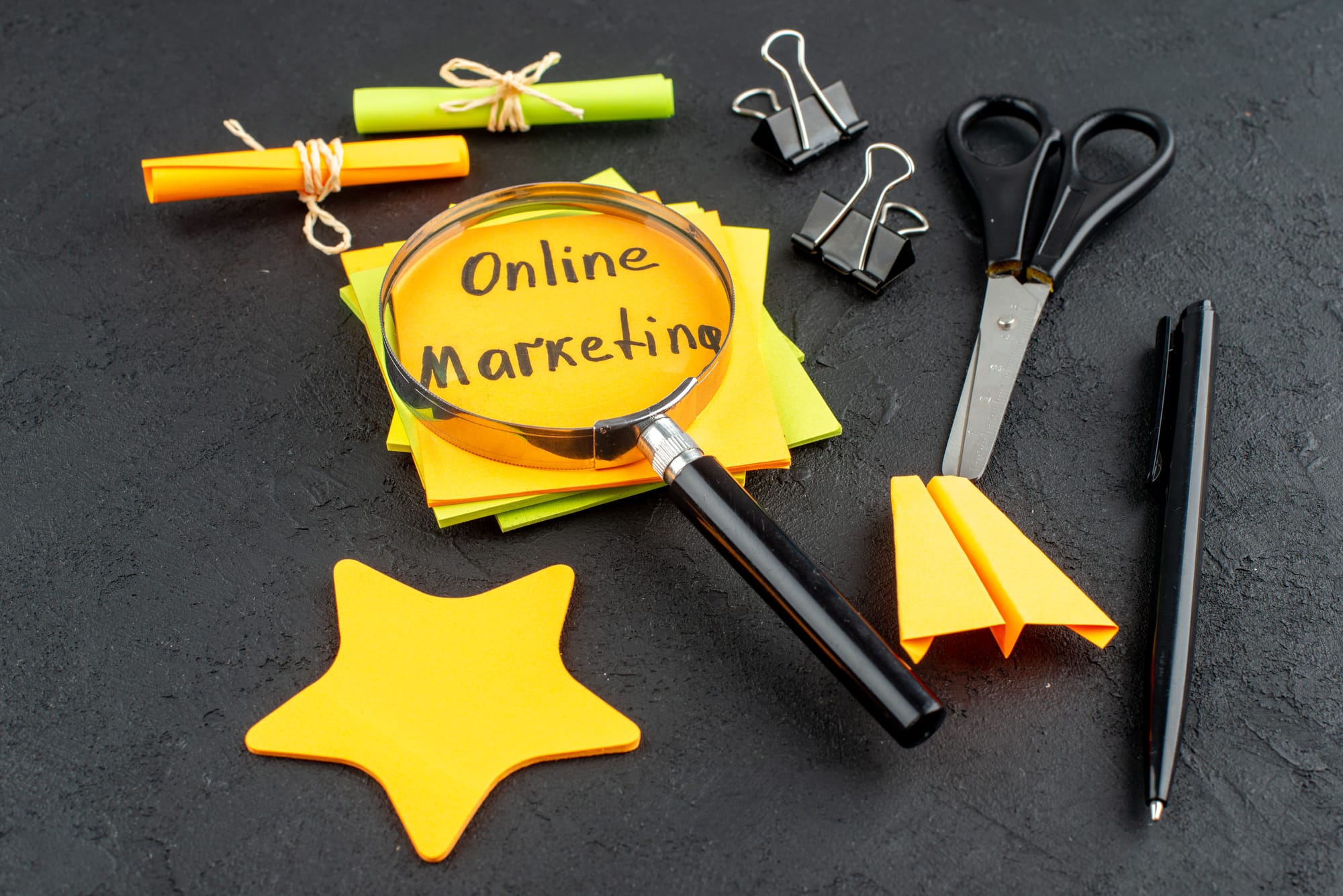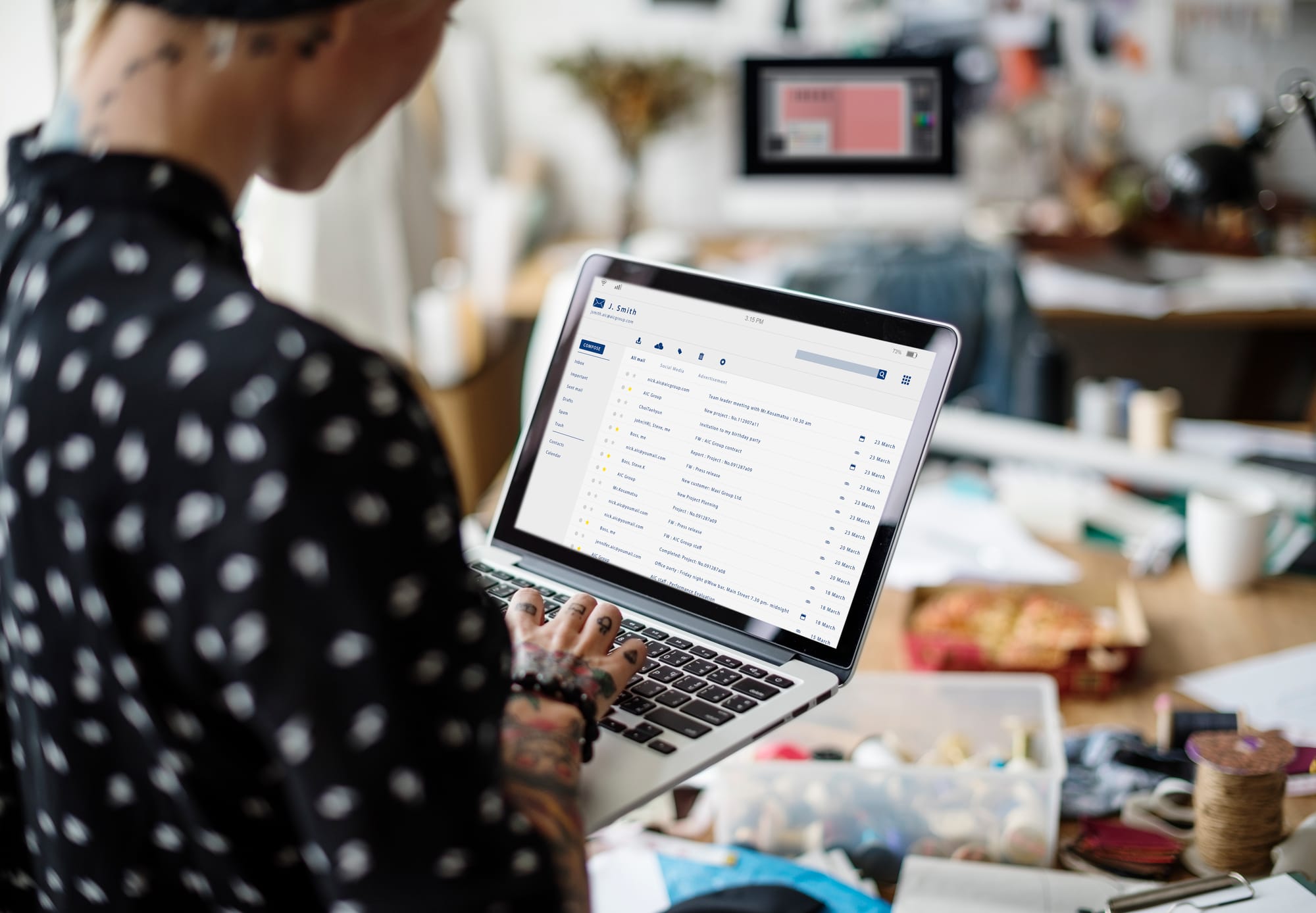Introduction
Email automation and segmentation are powerful techniques that allow you to streamline your email marketing efforts and deliver more personalized content to your subscribers based on their actions and behavior. These strategies help you communicate more precisely with different segments of your audience, increasing engagement and conversion rates. This article will explore the benefits of email automation and segmentation, how to implement them effectively, and real-world examples to inspire your campaigns.
The Power of Email Automation
Email automation involves setting up predefined sequences or workflows that trigger specific emails based on subscriber actions or predefined time intervals. This technique saves time and ensures that your subscribers receive timely, relevant content. Here are some key benefits of email automation:
Consistency
Automated emails ensure consistent communication with your subscribers. Whether it's a welcome series, a follow-up after a purchase, or a reminder about an abandoned cart, automation ensures that no opportunities are missed.
Personalization at Scale

Automation allows you to send personalized emails at scale. By leveraging data such as past purchases, browsing behavior, and engagement history, you can create tailored messages that resonate with individual subscribers.
Increased Efficiency
With automation, you can set up email sequences once and let them run on autopilot. This increases efficiency and frees up time for you to focus on other aspects of your business.
Implementing Email Automation
To get started with email automation, follow these steps:
Identify Key Touchpoints
Identify the key touchpoints in your customer journey where automated emails can add value. Common touchpoints include:
Welcome Series: A series of emails sent to new subscribers to introduce them to your brand and nurture the relationship.
Abandoned Cart Emails: Emails sent to customers who added items to their cart but didn't complete the purchase, encouraging them to return and complete the transaction.
Post-Purchase Follow-Ups: Emails sent after a purchase to thank customers, request feedback, and suggest related products.
Re-Engagement Campaigns: Emails sent to inactive subscribers to re-engage them with your brand.
Create Email Sequences
Once you've identified the key touchpoints, create email sequences for each one. Here's an example of a welcome series:
Email 1: Welcome the new subscriber, introduce your brand, and set expectations for future emails.
Email 2: Share your brand story, highlight your unique selling points, and provide a special offer or discount.
Email 3: Showcase popular products or services and encourage the subscriber to explore more on your website.
Email 4: Provide social proof, such as testimonials or case studies, to build trust and credibility.
Use Automation Tools
Use email marketing platforms with automation capabilities to set up and manage your email sequences. Popular platforms include Mailchimp, Constant Contact, and ConvertKit. These tools offer user-friendly interfaces and templates to help you create and automate your email sequences.

The Power of Segmentation
Segmentation involves dividing your email list into smaller, targeted groups based on specific criteria such as demographics, interests, or previous purchase behavior. By segmenting your list, you can send highly relevant and tailored content to each group, increasing engagement and conversion rates. Here are some key benefits of segmentation:
Improved Relevance
Segmented emails are more relevant to the recipient, leading to higher open rates, click-through rates, and conversion rates. By tailoring your messages to the specific needs and interests of each segment, you can provide more value and build stronger connections with your subscribers.
Enhanced Personalization
Segmentation allows for more granular personalization. For example, you can send different messages to first-time buyers and repeat customers, or tailor your content based on the subscriber's location or interests.
Better Engagement
Subscribers are more likely to engage with content that speaks directly to them. Segmentation helps you deliver the right message to the right audience, increasing engagement and reducing unsubscribe rates.
Implementing Segmentation
To implement segmentation effectively, follow these steps:
Define Your Segments
Start by defining the segments that are most relevant to your business. Common segmentation criteria include:
Demographics: Age, gender, location, etc.
Behavior: Purchase history, website activity, email engagement, etc.
Interests: Preferences and interests based on past interactions.
Collect Data
Collect the data needed to segment your list. This can be done through sign-up forms, surveys, website analytics, and purchase history. Make sure to ask for relevant information during the sign-up process to facilitate segmentation.

Create Targeted Campaigns
Create targeted email campaigns for each segment. Tailor your content, offers, and CTAs to the specific needs and interests of each group. Here's an example of how to tailor content for different segments:
New Subscribers: Introduce your brand, share your story, and provide a welcome offer.
Repeat Customers: Highlight new arrivals, offer exclusive discounts, and thank them for their loyalty.
Inactive Subscribers: Send re-engagement emails with special offers or ask for feedback to understand why they became inactive.
Combining Automation and Segmentation
Combining email automation and segmentation allows you to deliver highly personalized and relevant content at scale. Here are some strategies to combine these techniques effectively:
Dynamic Content
Use dynamic content to tailor different parts of your email based on the recipient's data. For example, you can show different product recommendations to different segments within the same email. Dynamic content ensures that each subscriber receives content that is relevant to them.
Triggered Campaigns
Set up triggered campaigns based on subscriber behavior and segmentation criteria. For example, if a subscriber from the "Frequent Buyers" segment abandons their cart, trigger an abandoned cart email with personalized product recommendations and a special discount.
Lifecycle Email

Create lifecycle email campaigns that adapt to the subscriber's journey with your brand. For example, new subscribers might receive a welcome series, followed by regular content updates. As they engage with your brand, they might receive personalized product recommendations and loyalty rewards.
Real-World Examples of Automation and Segmentation
Case Study 1: Amazon
Amazon is a master of email automation and segmentation. They use purchase history and browsing behavior to send highly personalized product recommendations. For example, if you purchase a book on digital marketing, you might receive emails recommending other related books. Amazon also sends automated emails for abandoned carts, new arrivals, and personalized offers based on your shopping behavior.
Case Study 2: Spotify
Spotify uses email automation and segmentation to deliver personalized content to its users. They send automated emails with personalized playlists, new music recommendations, and updates based on the user's listening history. By segmenting their audience based on listening behavior, Spotify can deliver highly relevant content that keeps users engaged and coming back for more.
Case Study 3: Airbnb
Airbnb leverages automation and segmentation to engage both hosts and guests. They send automated emails to new hosts, guiding them through the process of listing their property and providing tips for success. For guests, they send personalized travel recommendations based on past bookings and search history. This personalized approach helps Airbnb build strong relationships with both hosts and guests.
Best Practices for Email Automation and Segmentation
To maximize the effectiveness of your email automation and segmentation efforts, follow these best practices:
Regularly Update Your Segments
Keep your segments up to date by regularly reviewing and updating your data. As subscribers' behavior and preferences change, adjust your segments accordingly to ensure your content remains relevant.
Test and Optimize
Continuously test and optimize your automated workflows and segmented campaigns. Use A/B testing to identify what works best for each segment and refine your approach based on the results.
Monitor Performance
Track key metrics such as open rates, click-through rates, conversion rates, and unsubscribe rates to monitor the performance of your automated and segmented campaigns. Use this data to make informed decisions and improve your email marketing strategy.
Stay Compliant
Ensure that your email automation and segmentation practices comply with relevant regulations such as the CAN-SPAM Act and GDPR. Obtain explicit consent from subscribers and provide clear options for them to manage their preferences or unsubscribe.
Future Trends in Email Automation and Segmentation
AI and Machine Learning
Artificial intelligence (AI) and machine learning are revolutionizing email automation and segmentation. AI can analyze vast amounts of data to predict subscriber behavior and deliver highly personalized content. Machine learning algorithms can optimize email send times, subject lines, and content for better engagement.
Predictive Analytics
Predictive analytics uses historical data to predict future behavior. By leveraging predictive analytics, you can anticipate subscriber needs and deliver content that is more likely to resonate with them. For example, you can predict which subscribers are most likely to make a purchase and send them targeted offers.

Hyper-Personalization
Hyper-personalization takes segmentation to the next level by using real-time data and advanced analytics to deliver highly individualized content. This approach goes beyond traditional segmentation to create a truly personalized experience for each subscriber.
Conclusion
Email automation and segmentation are powerful techniques that can significantly enhance your email marketing strategy. By delivering personalized and relevant content to your subscribers, you can increase engagement, build stronger relationships, and drive higher conversion rates. Implement these strategies effectively by identifying key touchpoints, creating targeted campaigns, and leveraging the right tools. Stay ahead of future trends by embracing AI, predictive analytics, and hyper-personalization.
HAVE YOUR OWN WRITING, MARKETING, PUBLISHING COACH 24/7 FOR PENNIES PER DAY!
SAVE TODAY ONLY! Click this link
now: https://www.authorutopia.com/#/portal/signup
BECOME A MEMBER OF OUR ELITE COMMUNITY OF ASPIRING AUTHORS AND ENTREPRENEURS AND BE A RISING STAR FASTER THAN YOU EVER DREAMED POSSIBLE. Click the link below now to get our best offer ever: https://www.authorutopia.com/#/portal/signup


